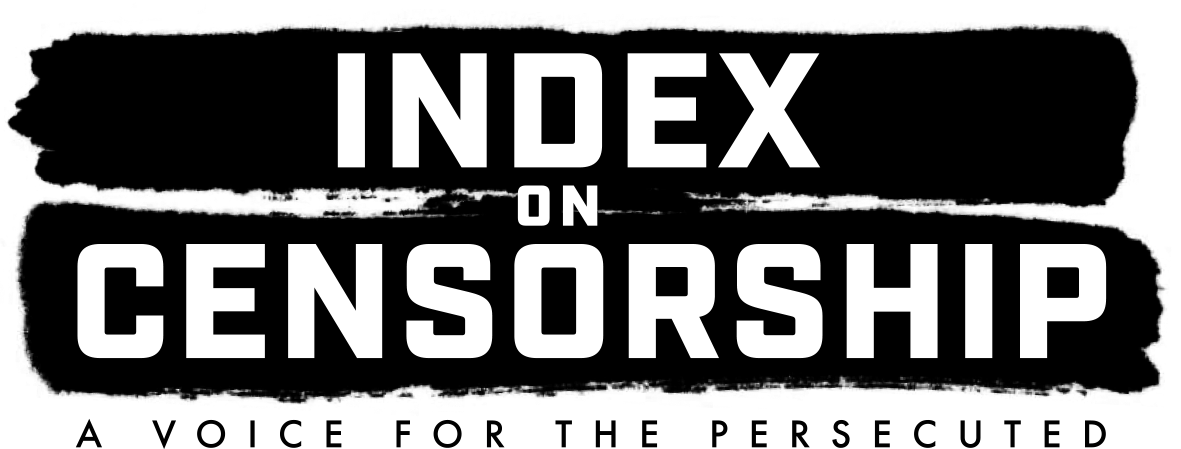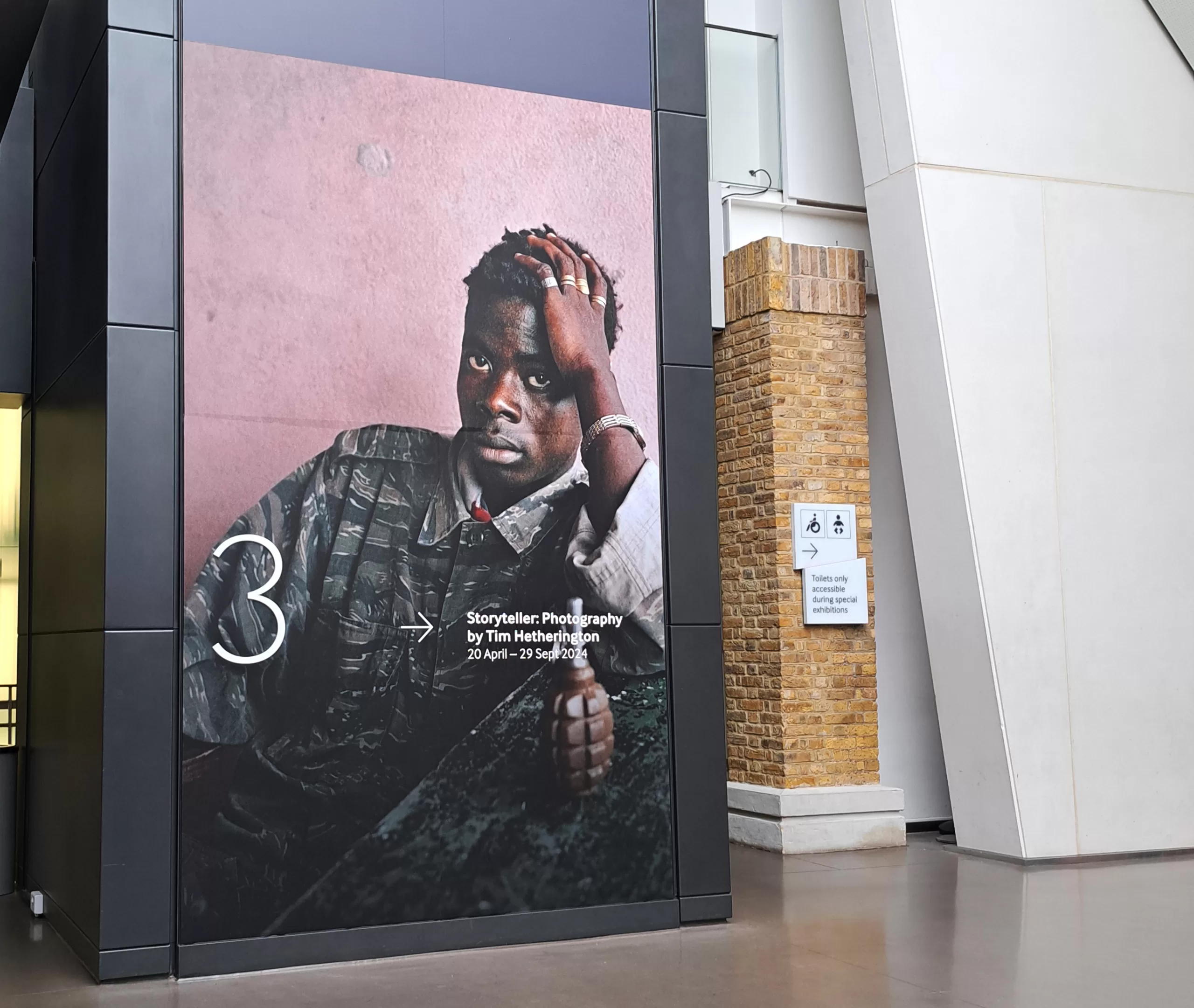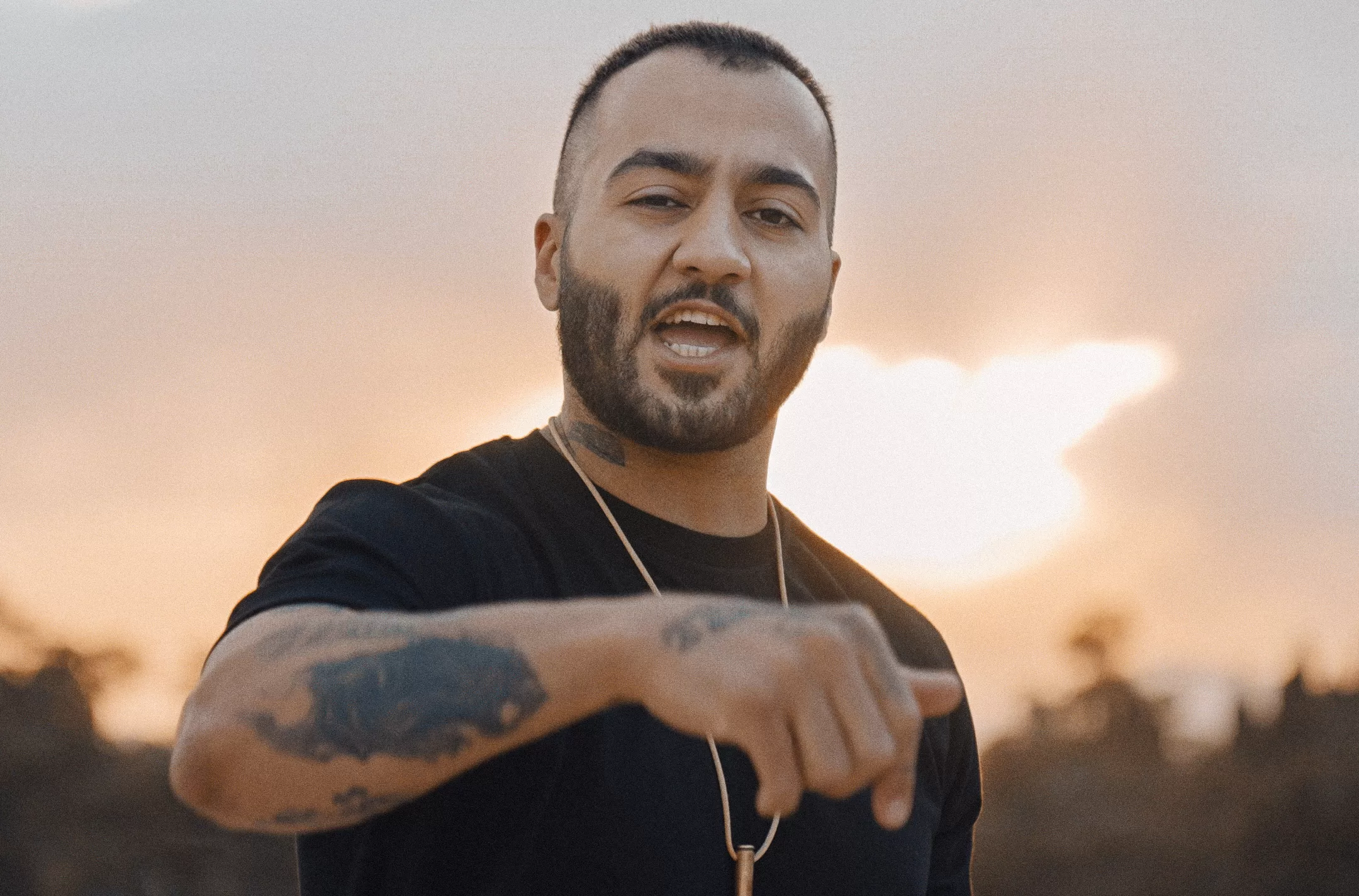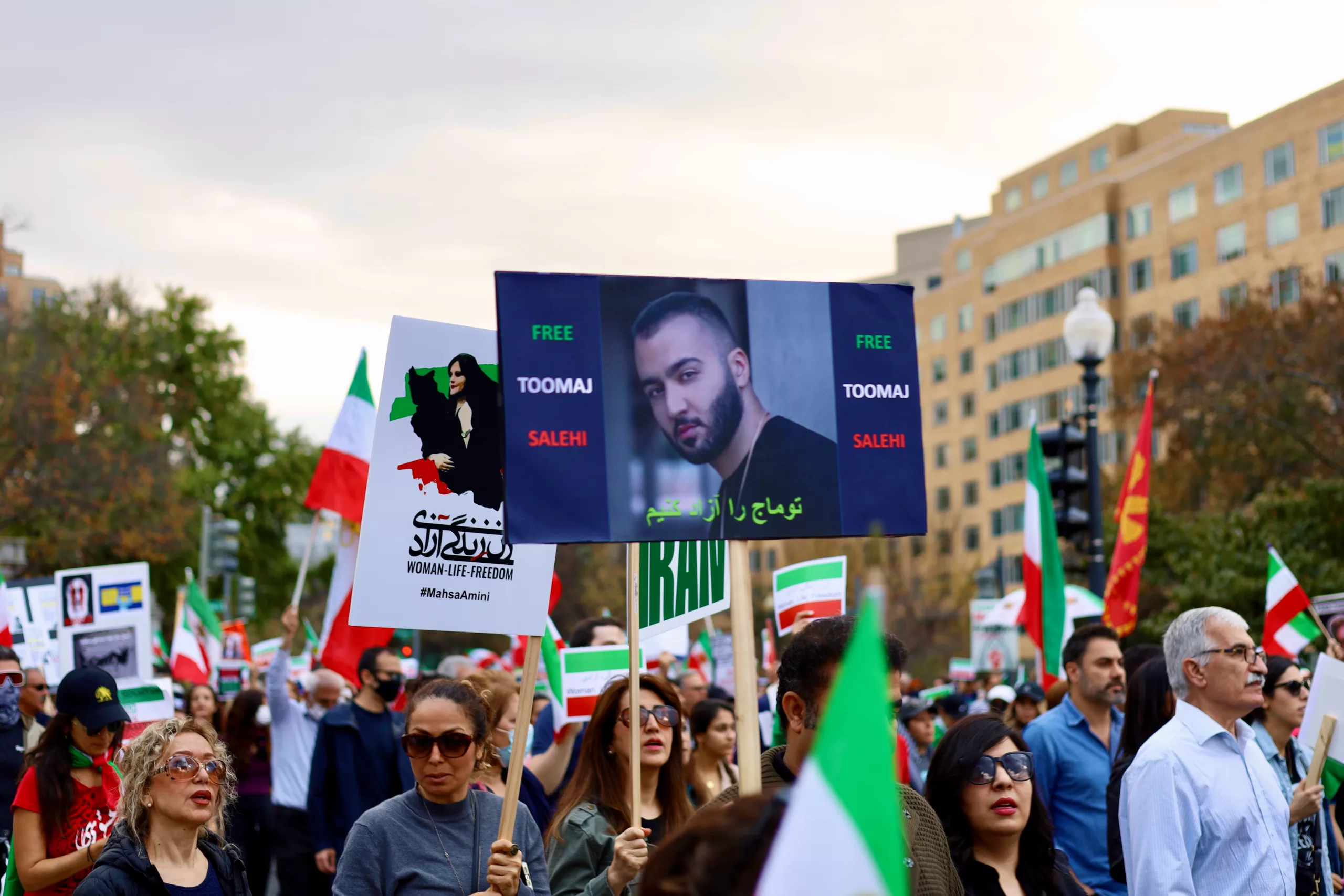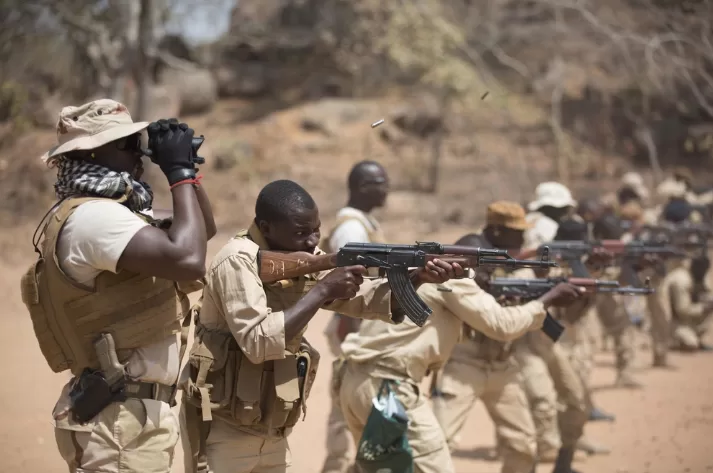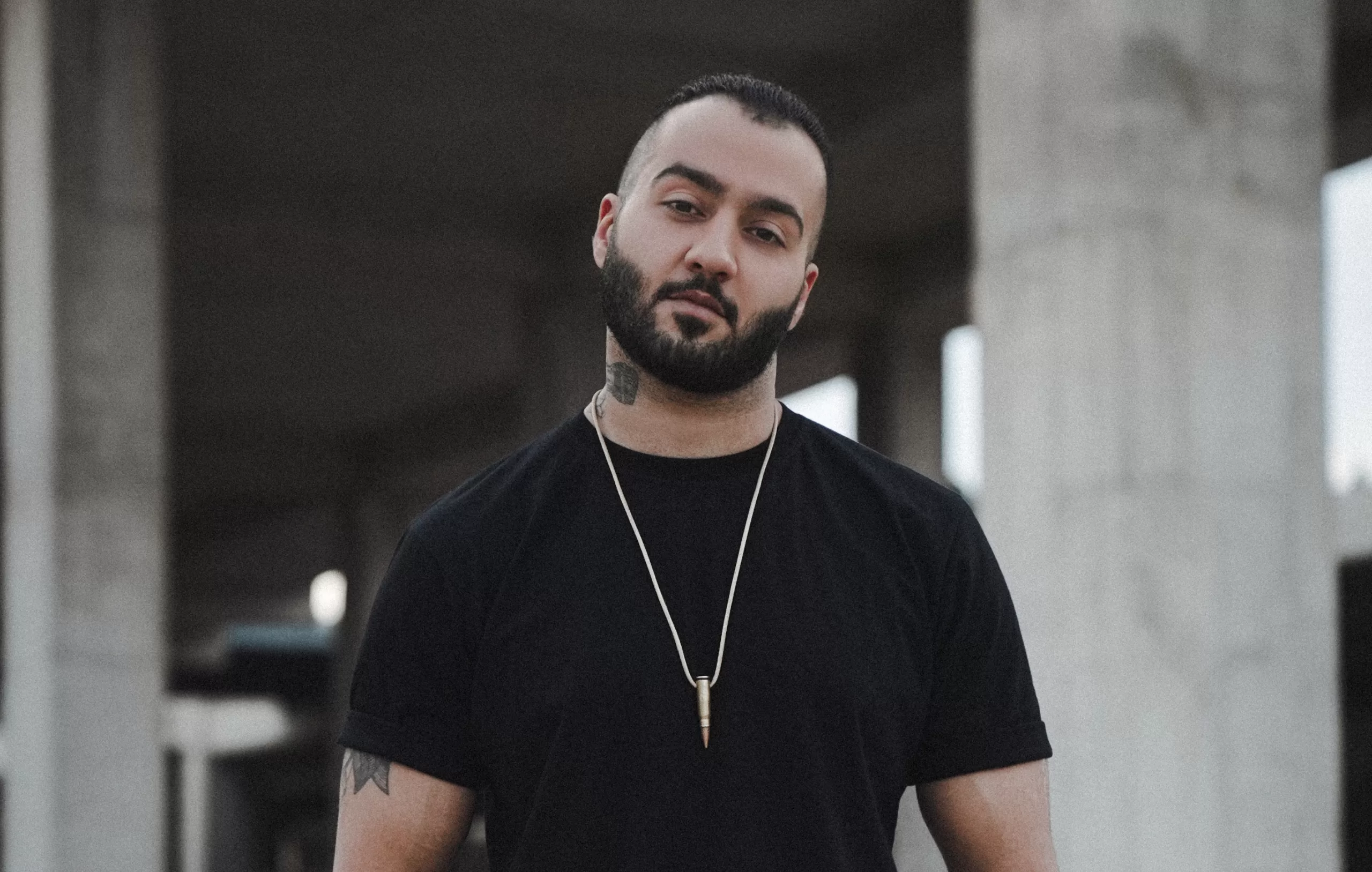A new exhibition, The Storyteller, showcasing the work of acclaimed late photojournalist Tim Hetherington has opened at the Imperial War Museum in London, providing a fascinating insight into his experiences covering conflicts around the world.
The event marks the 13th anniversary of Hetherington’s tragic death. He was killed in Libya in 2011, fatally wounded by a mortar explosion while covering the country’s civil war for a project that would never be finished.
I was 12 years old when he died, still in school, and the thought of being a journalist hadn’t even entered my mind. As I attended the exhibition last week, I did so as the Tim Hetherington Fellow for Index on Censorship.
Set up by the Tim Hetherington Trust, the fellowship is a partnership between Liverpool John Moores University and Index on Censorship and allows one graduate to spend a year working on Index’s editorial team. I took up the role in September 2023 following the completion of my MA in Sports Journalism.
The Storyteller exhibition was the first chance I had to really delve into the life and work of the man responsible for the incredible opportunity I’d been granted. My interest in sport immediately drew me to Healing Sport, Hetherington’s first major project, which followed Liberian football team Millennium Stars as they toured the UK in 1999, during which he noted that “despite the social breakdown that transpired during the war, football always remained an important way to bring the youth together”.
This interest in the intersection between sport and conflict was the beginning of his exploration of the human experience of war, an interest which remained throughout his career and is clearly visible in his photo archive on display at the Imperial War Museum.
Hetherington’s biggest strength was his ability to find and capture humanity in times of violence. The exhibition states that he wished to “challenge assumptions about conflict and those caught up in it” and his photos do just that, primarily focusing on individuals rather than getting too drawn into the background context of war itself. In one striking collection called Sleeping Soldiers, he captures US soldiers at their most vulnerable: in bed, asleep.
Hetherington’s photos capture the human – many of his shots are focussed on combatants and soldiers bonding with each other rather than being actually engaged in combat. They highlight the importance of seeing the individual human beings impacted by conflict rather than getting lost in the broader actions of oppressive states.
These photographs serve as rich inspiration for up-and-coming journalists – not just in their composition and quality but in the motivations behind them. Hetherington was something of a pioneer in this sense – he questioned traditional methods of photography and preferred to spend great lengths of time with his subjects in order to document their character properly rather than parachuting in and out, as was the more common approach.
Hetherington often followed a ‘trojan horse’ method of photography whereby he focused on difficult topics such as war and conflict, which so often people are reluctant to observe or discuss, and repackaged them into a more digestible context, such as a sport. It’s a powerful idea and adds emotional weight to his projects. It’s difficult not to wonder how he would have documented modern conflicts had his life not been cut too short.
The exhibition at the Imperial War Museum does an impeccable job of placing Hetherington’s work in context by showcasing his photographs alongside a range of his personal belongings, including diary entries and camera equipment, giving a sense of the man behind the lens in a profession where they often go unnoticed.
As a Tim Hetherington Fellow, viewing his work is humbling. The commitment and determination that pushed him to the frontline in order to capture the humanity of those impacted by war was what made him such a great photojournalist, yet also cost him his life. It is up to those coming after him to take on the mantle.
Without his talents and bravery, I wouldn’t be a journalist – at least not at Index. It is strange to be in debt to someone you’ve never met, but the only way to try and repay it is by striving to produce quality journalism for a deserving cause – there’s no greater motivation for that than to do so in the name of a genuinely extraordinary photojournalist.
Storyteller: Photography by Tim Hetherington runs until 29 September 2024 at the Imperial War Museum, London.
